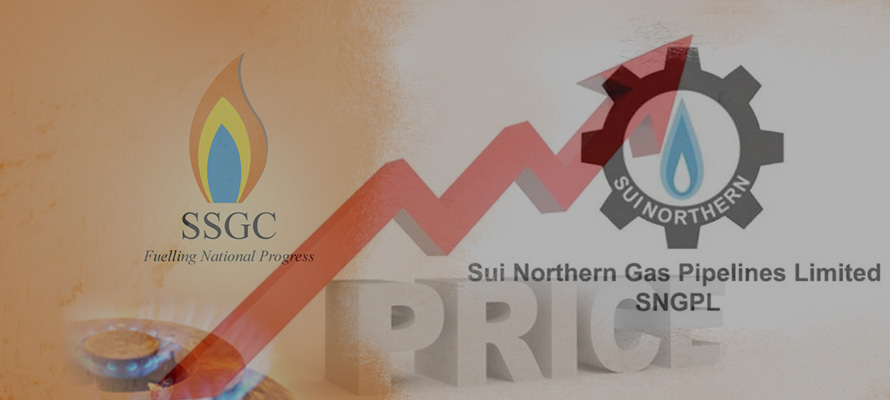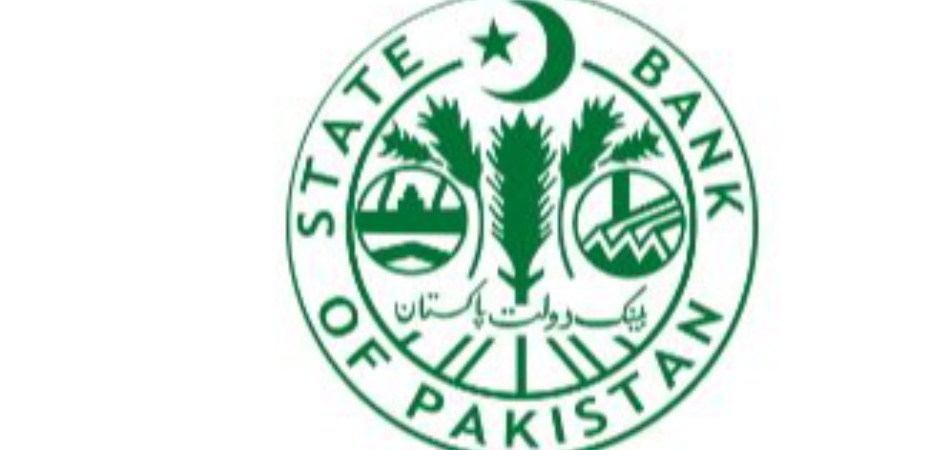Cross subsidization takes a back seat as gas prices surge in Pakistan

By Nilam Bano | February 17, 2023 at 08:11 PM GMT+05:00
February 17, 2023 (MLN): Consumers across the country are facing a major shock as gas prices have surged by 33% in the outgoing week. The increase in prices is being rationalized by policymakers who argue that it was necessary to reduce cross-subsidization to a minimum level.
According to the latest notification by OGRA, the average prices of Sui Northern Gas Pipelines (SNGP) and Sui Southern Gas Company (SSGC) are increased from Rs624 and Rs714 to Rs844 and Rs935 per MMBTU, registering a hike of 35% and 31%, respectively.
The average price of SNGP is around 0% lower than SSGC since they cater to about 71% of total domestic consumption in Pakistan.
Due to this fact, SNGP has less gas for industrial consumers forcing them to use RLNG gas, increasing their woes, despite SNGP having 34% excess supply than SSGC of indigenous gas in their system, a report by Optimus Capital noted.
According to recent estimates, a newly introduced protected category is expected to make up around 36% to 24% of total domestic connections/domestic consumption, totaling approximately 4 million connections out of a total of 11 million connections in the SNGP and SSGC networks.
The protected category, which represents 21% to 30% of the respective total domestic consumption in SNGP/SSGC, is expected to benefit from a reduction of 12% in variable prices.
However, this reduction in variable prices will come with additional fixed charges of Rs50 per connection per month, which will contribute around Rs2.4bn to the annualized revenues of gas distribution companies.
Meanwhile, non-protected categories will experience a significant hike of 51% in variable prices, compared to a 28% increase for non-domestic consumers. An additional charge of Rs500 per month will also be levied, which is expected to contribute around Rs42.6bn to the total annualized revenues of gas distribution companies.
Prices for other sectors, which consume around 50% of the total energy available through gas distribution companies, will increase by an average of 28%.
Notable sectors with the highest hikes include bulk domestic customers, which will experience a 105% increase, and the fertilizer sector feed/fuel categories, which will see a 66% to 47% increase.
The zero-rated industries will also experience a 34% increase, while captive power (zero-rated and commercial) will see a 29% increase each.
What is Cross Subsidization?
Cross-subsidization refers to a practice in which profits from one product or service are used to subsidize or support the provision of another product or service. This can occur when a company charges a higher price for one product or service to cover the cost of providing another product or service at a lower price or even at a loss.
For example, a company may charge a higher price for a luxury product to cover the cost of producing and providing a basic product at a lower price. Alternatively, a company may charge a higher price for a product or service in a certain geographic area to offset the cost of providing the same product or service in a less profitable area.
Cross-subsidization can be controversial because it can result in some customers paying more than their fair share while others pay less.
In some cases, regulators may intervene to prevent cross-subsidization and ensure that prices are set based on the actual cost of providing each product or service.
Copyright Mettis Link News
Related News
| Name | Price/Vol | %Chg/NChg |
|---|---|---|
| KSE100 | 125,627.31 258.99M |
1.00% 1248.25 |
| ALLSHR | 78,584.71 1,142.41M |
1.16% 904.89 |
| KSE30 | 38,153.79 69.25M |
0.63% 238.06 |
| KMI30 | 184,886.50 91.38M |
0.01% 13.72 |
| KMIALLSHR | 53,763.81 554.57M |
0.54% 290.61 |
| BKTi | 31,921.68 33.15M |
1.78% 557.94 |
| OGTi | 27,773.98 9.65M |
-0.40% -112.21 |
| Symbol | Bid/Ask | High/Low |
|---|
| Name | Last | High/Low | Chg/%Chg |
|---|---|---|---|
| BITCOIN FUTURES | 107,830.00 | 107,860.00 107,555.00 |
-405.00 -0.37% |
| BRENT CRUDE | 66.63 | 67.20 65.92 |
-0.17 -0.25% |
| RICHARDS BAY COAL MONTHLY | 97.00 | 97.00 97.00 |
1.05 1.09% |
| ROTTERDAM COAL MONTHLY | 107.65 | 107.65 105.85 |
1.25 1.17% |
| USD RBD PALM OLEIN | 998.50 | 998.50 998.50 |
0.00 0.00% |
| CRUDE OIL - WTI | 65.00 | 65.02 64.83 |
-0.11 -0.17% |
| SUGAR #11 WORLD | 16.19 | 16.74 16.14 |
-0.52 -3.11% |
Chart of the Day
Latest News
Top 5 things to watch in this week
Pakistan Stock Movers
| Name | Last | Chg/%Chg |
|---|
| Name | Last | Chg/%Chg |
|---|



.jpg)